 1972 Opel Rekord D Dimensions, Size & Specs
1972 Opel Rekord D Dimensions, Size & SpecsMeasurements of the 1972 Opel Rekord D, engineered for optimal performance and comfort
| Dimensions | |
|---|---|
| Length: | 4567 mm179.8 in15.0 ft |
| Width: | 1718 mm67.6 in5.6 ft |
| Height: | 1415 mm55.7 in4.6 ft |
| Ground Clearance: | 130 mm5.1 in0.4 ft |
| Trunk Capacity: | 408 liter14.4 cu ft |
| Weight Specifications | |
| Curb Weight: | 1065-1210 kg2348-2668 lbs |
| Maximal permitted Weight: | 1545-1685 kg3406-3715 lbs |
The Opel Rekord D, produced between 1972 and 1977, is a classic mid-size sedan notable for its balanced dimensions and practical design within the European automotive market of the 1970s. This generation measures 4567 mm (179.7 inches) in length, 1718 mm (67.6 inches) in width, and stands 1415 mm (55.7 inches) tall, providing a spacious yet manageable footprint for urban and highway driving. With a curb weight ranging from 1065 to 1210 kilograms (2349 to 2668 lbs), the Rekord D remains a relatively lightweight vehicle in its class, allowing for efficient performance and handling. The maximum allowable weight varies between 1545 and 1685 kg (3407 to 3715 lbs), accommodating multiple passengers and cargo comfortably. The sedan offers a generous luggage capacity of 408 liters (14.4 cubic feet), making it suitable for family use and longer trips. Ground clearance is set at 130 mm (5.1 inches), which grants ample ride height for typical road conditions while maintaining stability and ride comfort. Overall, the Opel Rekord D strikes a successful balance between size, utility, and drivability, adhering to the standards of compact executive cars of its era and remaining a significant model in Opel's historical lineup.
Discover the standout features that make the 1972 Opel Rekord D a leader in its class
Have a question? Please check our knowledgebase first.
The Opel Rekord D measures 4567 mm (179.7 inches) in length, 1718 mm (67.6 inches) in width, and 1415 mm (55.7 inches) in height. These dimensions give the car a balanced and substantial presence on the road, making it spacious enough for comfortable seating and cargo, yet not overly large for urban maneuvering. Its width allows for a stable driving experience, while the moderate height adds to aerodynamic efficiency and a low center of gravity.
The curb weight of the Opel Rekord D ranges from 1065 kg to 1210 kg (2349 to 2667 lbs), depending on the specific model or trim. This relatively moderate weight contributes positively to the car's handling agility and acceleration. A lighter vehicle generally enjoys better fuel efficiency, so the Rekord D's weight helps strike a balance between durability and economy. The engineering efforts likely optimized this weight to enhance both efficiency and driving dynamics.
The Opel Rekord D provides a luggage capacity of 408 liters (approximately 14.4 cubic feet). This capacity is quite practical for a sedan of its era, offering enough space for groceries, luggage for family trips, or other daily necessities. The storage room supports the car’s role as a comfortable family sedan, accommodating suitcases, shopping bags, or other sizable cargo with relative ease.
With a length of 4567 mm (179.7 inches), width of 1718 mm (67.6 inches), height of 1415 mm (55.7 inches), and ride height of 130 mm (5.1 inches), the Opel Rekord D generally fits comfortably inside a standard single-car garage. Standard garages typically range around 2400-2700 mm wide and 4800-5400 mm deep, so the Rekord D's footprint is well-suited to these dimensions. Its ride height and overall height also mean it does not pose clearance issues in garages with average ceiling heights.
The Opel Rekord D has a ground clearance of 130 mm (5.1 inches), which is relatively low compared to many modern vehicles, especially SUVs and crossovers that often have clearances from 170 mm to over 200 mm (6.7 to 8 inches). This moderate clearance is typical for sedans of its time and promotes stable handling and lower aerodynamic drag. However, it means the Rekord D is less suited to rough terrain or off-road driving, with a higher risk of bottoming out on uneven surfaces compared to higher-clearance vehicles.
Compared to its predecessor, the Opel Rekord C, the Rekord D's width of 1718 mm (67.6 inches) represents a modest expansion in the car's stance. This increased width translates to improved interior shoulder room and a more comfortable cabin experience for passengers. Additionally, a wider track often enhances vehicle stability and handling by providing a broader base, contributing positively to safety and driving dynamics.
At 1415 mm (55.7 inches) tall, the Opel Rekord D is slightly lower than some similar mid-size sedans of the 1970s, which often ranged between 1400 mm to 1500 mm (55.1 to 59 inches). This slightly reduced height benefits aerodynamic efficiency by lowering air resistance, potentially aiding fuel economy and higher-speed stability. However, this can also mean slightly less headroom inside the cabin compared to taller rivals, but the design balance prioritizes sleek styling and dynamic performance.
The Opel Rekord D sits comfortably within the mid-size segment of the 1970s, with its length of 4567 mm (179.7 inches) and curb weight ranging between 1065 kg to 1210 kg (2349-2667 lbs). These specifications are competitive, as many European and American sedans from that era feature similar dimensions, though often heavier if equipped with larger engines or luxury features. The Rekord D’s weight balance contributes to nimble handling and reasonable fuel economy, matching well with peers like the Ford Taunus or Volkswagen Passat from that period.
The Opel Rekord D was produced from 1972 to 1977, covering model years within this range. This generation represented a period of refinement in Opel’s mid-size lineup with updated styling and engineering improvements compared to earlier models. It became well-regarded for combining practical family transport with solid build quality during a competitive era for European sedans.
Compared to the Rekord C, the Opel Rekord D offered subtle but meaningful enhancements in size and usability. While the length and width saw slight increases—length settling at 4567 mm (179.7 inches) and width at 1718 mm (67.6 inches)—these changes translated into improved interior space and road presence. The weight adjustments maintained a balance for performance and efficiency. Additionally, updates in styling and aerodynamics made the Rekord D more modern and refined. These improvements helped to elevate the driving experience and practicality, making the Rekord D a notable step forward from the Rekord C.
Discover similar sized cars.
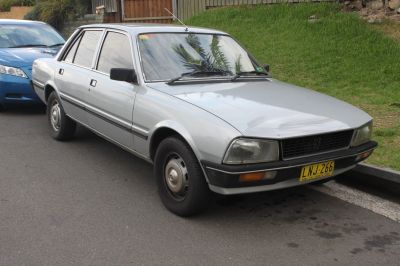
| Production: | 1979-1993 |
|---|---|
| Model Year: | 1979 |
| Length: | 4580 mm180.3 in |
| Width: | 1735 mm68.3 in |
| Height: | 1440 mm56.7 in |
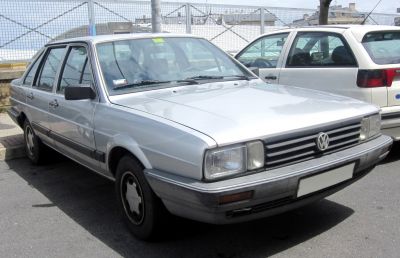
| Production: | 1981-1988 |
|---|---|
| Model Year: | 1981 |
| Length: | 4545 mm178.9 in |
| Width: | 1695 mm66.7 in |
| Height: | 1400 mm55.1 in |
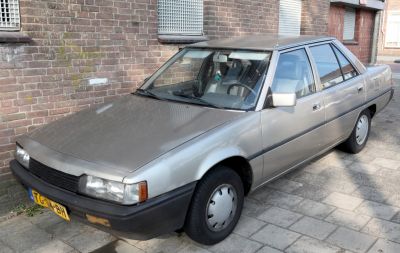
| Production: | 1984-1987 |
|---|---|
| Model Year: | 1984 |
| Length: | 4560 mm179.5 in |
| Width: | 1695 mm66.7 in |
| Height: | 1395 mm54.9 in |
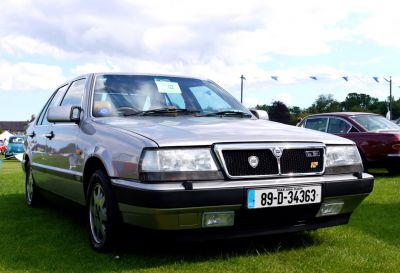
| Production: | 1984-1994 |
|---|---|
| Model Year: | 1984 |
| Length: | 4590 mm180.7 in |
| Width: | 1750 mm68.9 in |
| Height: | 1435 mm56.5 in |
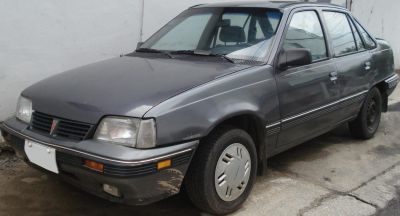
| Production: | 1986-1994 |
|---|---|
| Model Year: | 1986 |
| Length: | 4495 mm177.0 in |
| Width: | 1670 mm65.7 in |
| Height: | 1365 mm53.7 in |
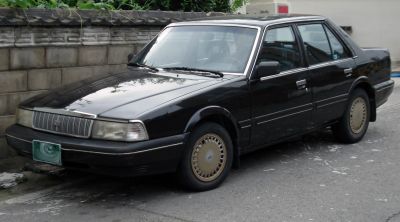
| Production: | 1987-1995 |
|---|---|
| Model Year: | 1987 |
| Length: | 4570 mm179.9 in |
| Width: | 1720 mm67.7 in |
| Height: | 1405 mm55.3 in |

| Production: | 1989-2002 |
|---|---|
| Model Year: | 1987 |
| Length: | 4515-4595 mm177.8-180.9 in |
| Width: | 1695 mm66.7 in |
| Height: | 1395-1440 mm54.9-56.7 in |
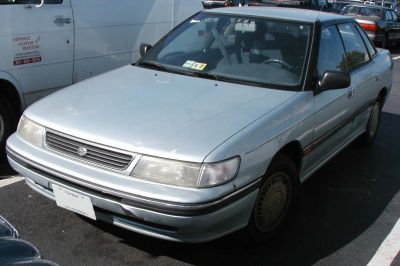
| Production: | 1991-1994 |
|---|---|
| Model Year: | 1991 |
| Length: | 4545 mm178.9 in |
| Width: | 1690 mm66.5 in |
| Height: | 1380-1400 mm54.3-55.1 in |
